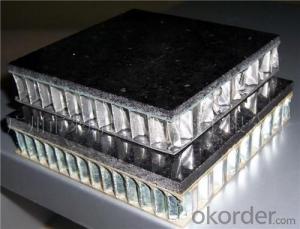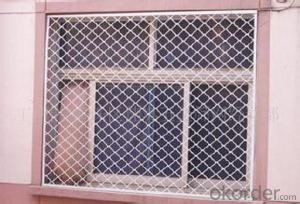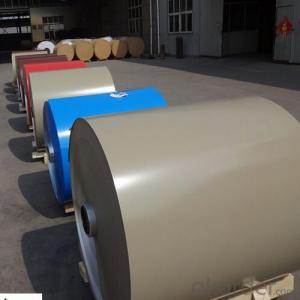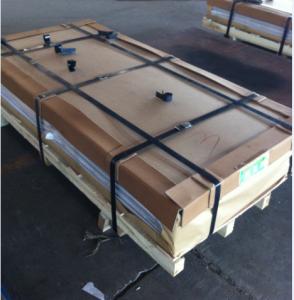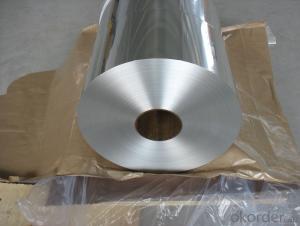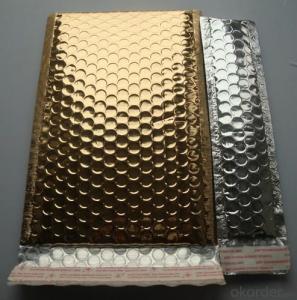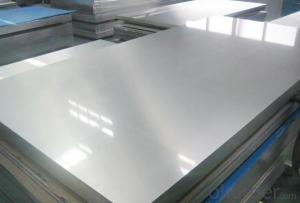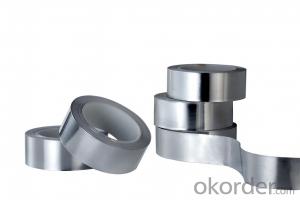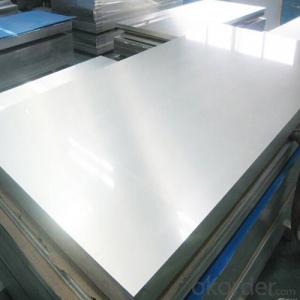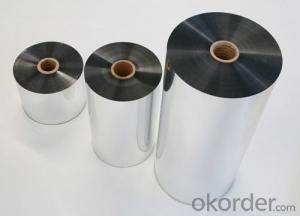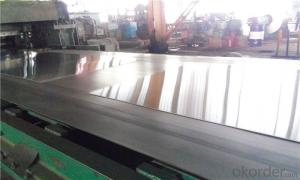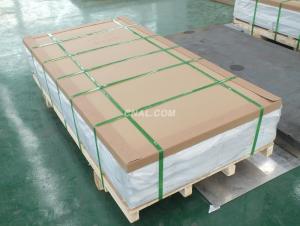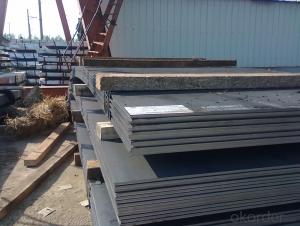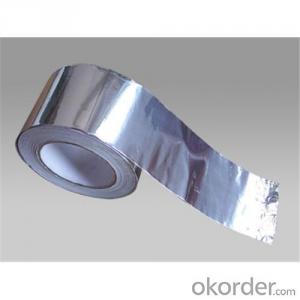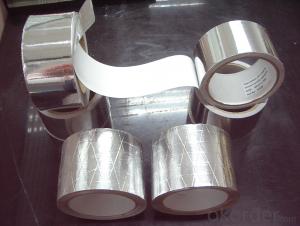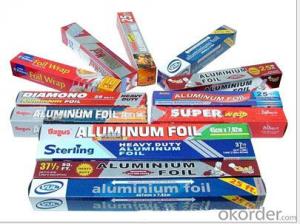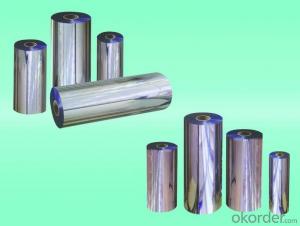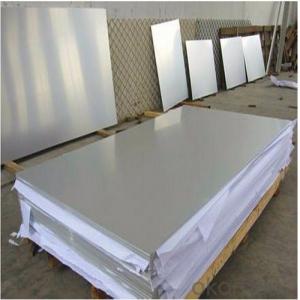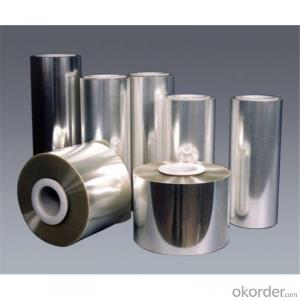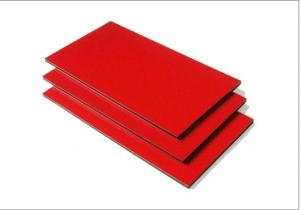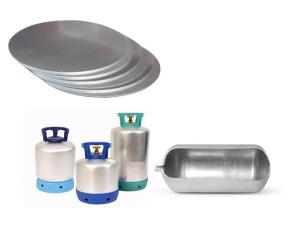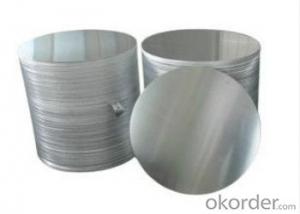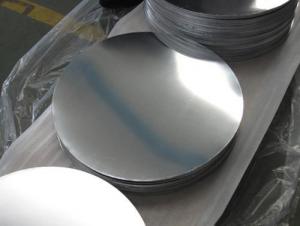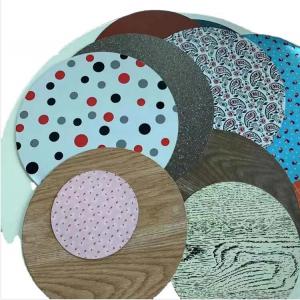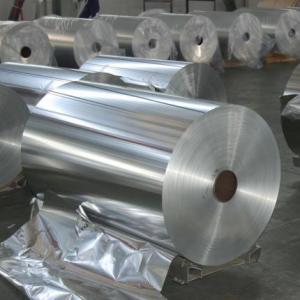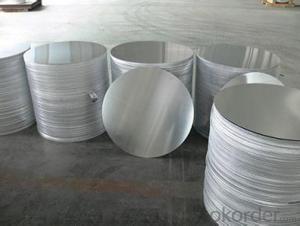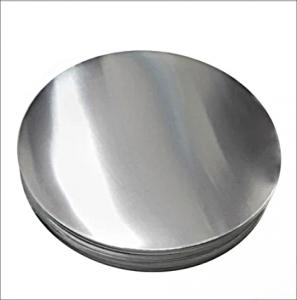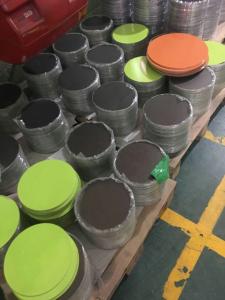12mm Aluminum Plate
12mm Aluminum Plate Related Searches
12x12 Aluminum Plate 12 X 12 Aluminum Plate 12 Round Aluminum Plate 12 X 12 X 1/4 Aluminum Plate 12 X 12 X 1 4 Aluminum Plate 2mm Aluminum Plate 12 X 12 X 1/8 Aluminum Plate Aluminum Plate 2mm 2 Mm Aluminum Plate 15mm Aluminum Plate 10mm Aluminum Plate 6mm Aluminum Plate 12x24 Diamond Plate Aluminum 1 16 Aluminum Plate 1 2 Aluminum Plate 1 2 Inch Aluminum Plate 3mm Aluminum Plate 1 2 Thick Aluminum Plate Aluminum 1/2 Plate Aluminum Plate 1/2 Thick 5mm Aluminum Plate 1/2 Thick Aluminum Plate Aluminum Plate 10mm 11 Gauge Aluminum Plate 40mm Aluminum Plate 30mm Aluminum Plate 20mm Aluminum Plate 10mm Thick Aluminum Plate 5 16 Aluminum Plate 16 X 16 Aluminum Plate12mm Aluminum Plate Supplier & Manufacturer from China
12mm Aluminum Plate, a versatile and robust material, is widely recognized for its excellent strength-to-weight ratio and corrosion resistance. This product is made from high-quality aluminum and is available in various grades, ensuring suitability for a broad range of applications. The 12mm Aluminum Plate is commonly used in construction, automotive, aerospace, and other industries where durability and lightweight materials are essential. Its ability to withstand harsh weather conditions and maintain structural integrity makes it a popular choice for outdoor applications, such as building facades, roofing systems, and transportation components.The 12mm Aluminum Plate finds its way into numerous usage scenarios, from structural components in buildings to intricate parts in high-performance vehicles. Its malleability and formability allow for easy fabrication into complex shapes and designs, making it an ideal material for architects and engineers alike. Additionally, the 12mm Aluminum Plate's recyclability and low maintenance requirements contribute to its environmental friendliness, further enhancing its appeal in sustainable projects.
Okorder.com stands as a prominent wholesale supplier of the 12mm Aluminum Plate, boasting a vast inventory that caters to the diverse needs of clients across different sectors. With a commitment to quality and customer satisfaction, Okorder.com ensures that the 12mm Aluminum Plate is sourced from reputable manufacturers and meets stringent industry standards. This extensive inventory allows Okorder.com to offer competitive prices and timely delivery, making it a reliable choice for businesses seeking to incorporate this high-performing material into their projects.
Hot Products




